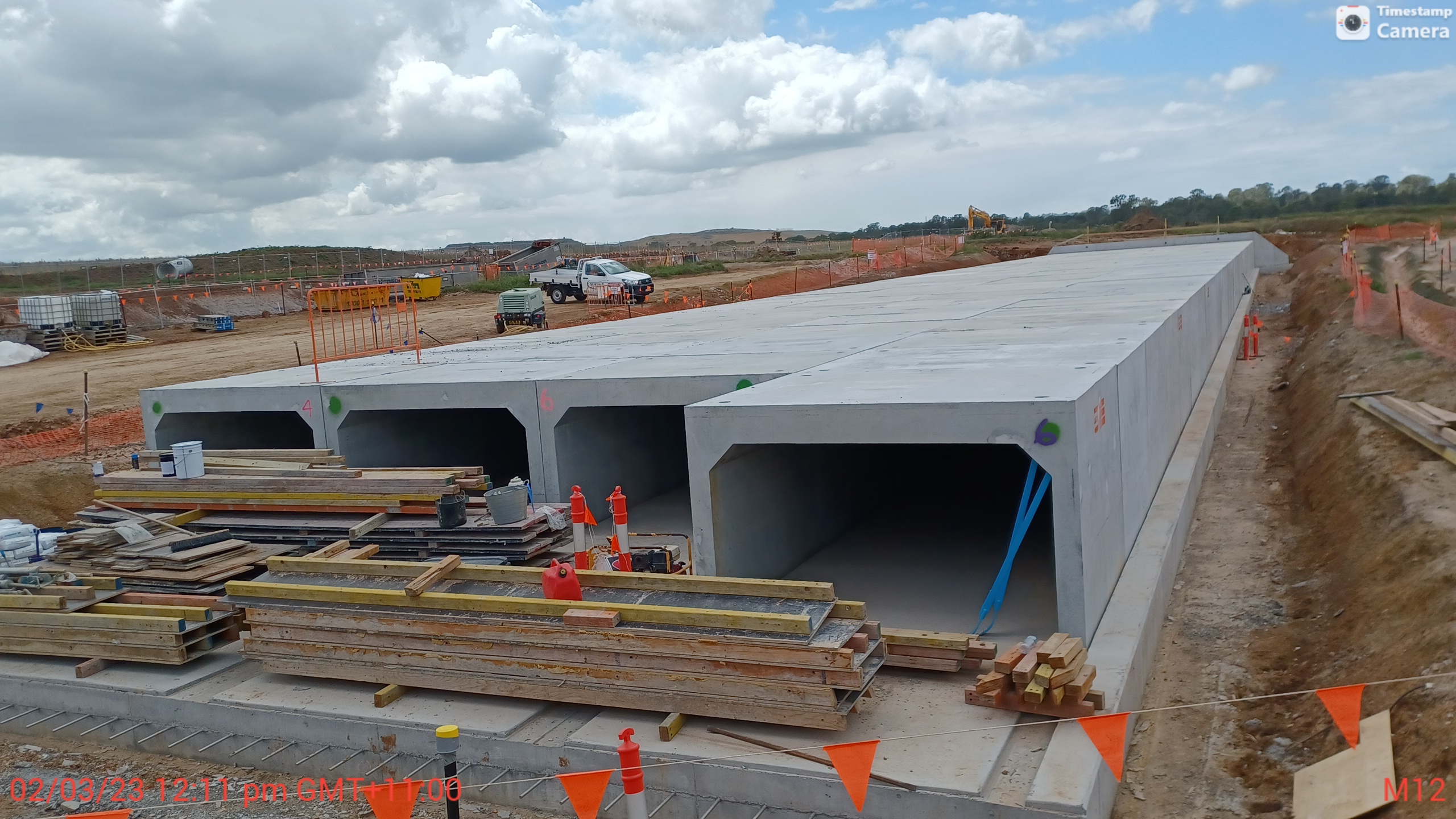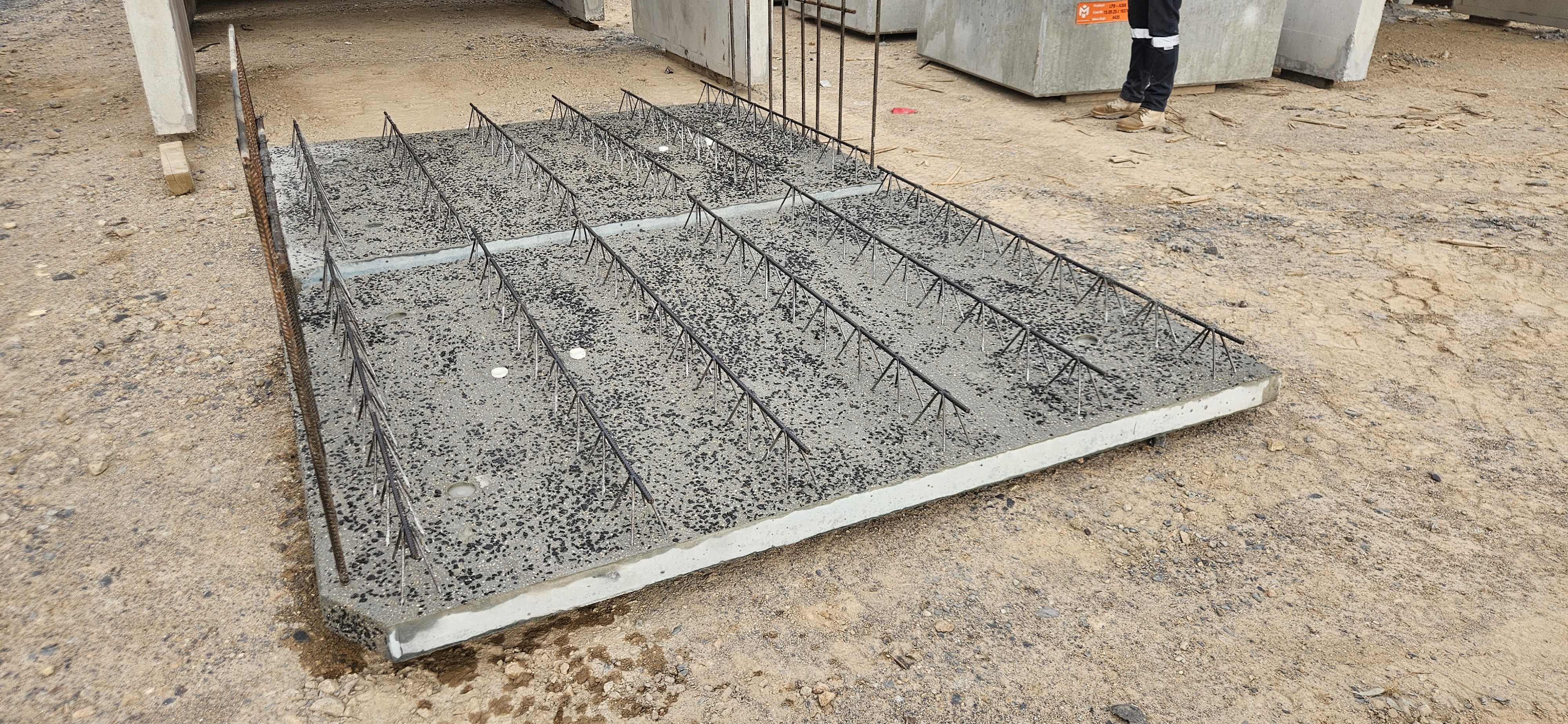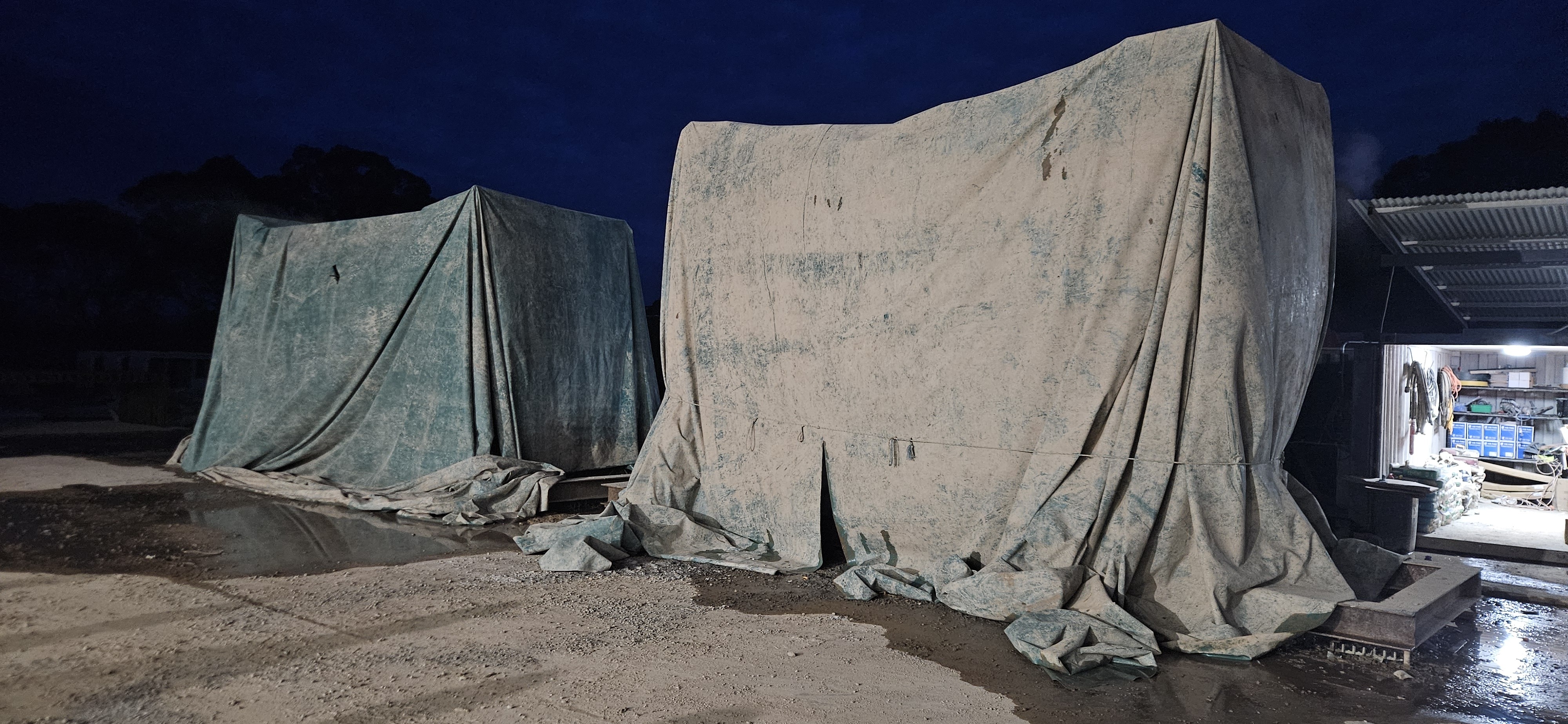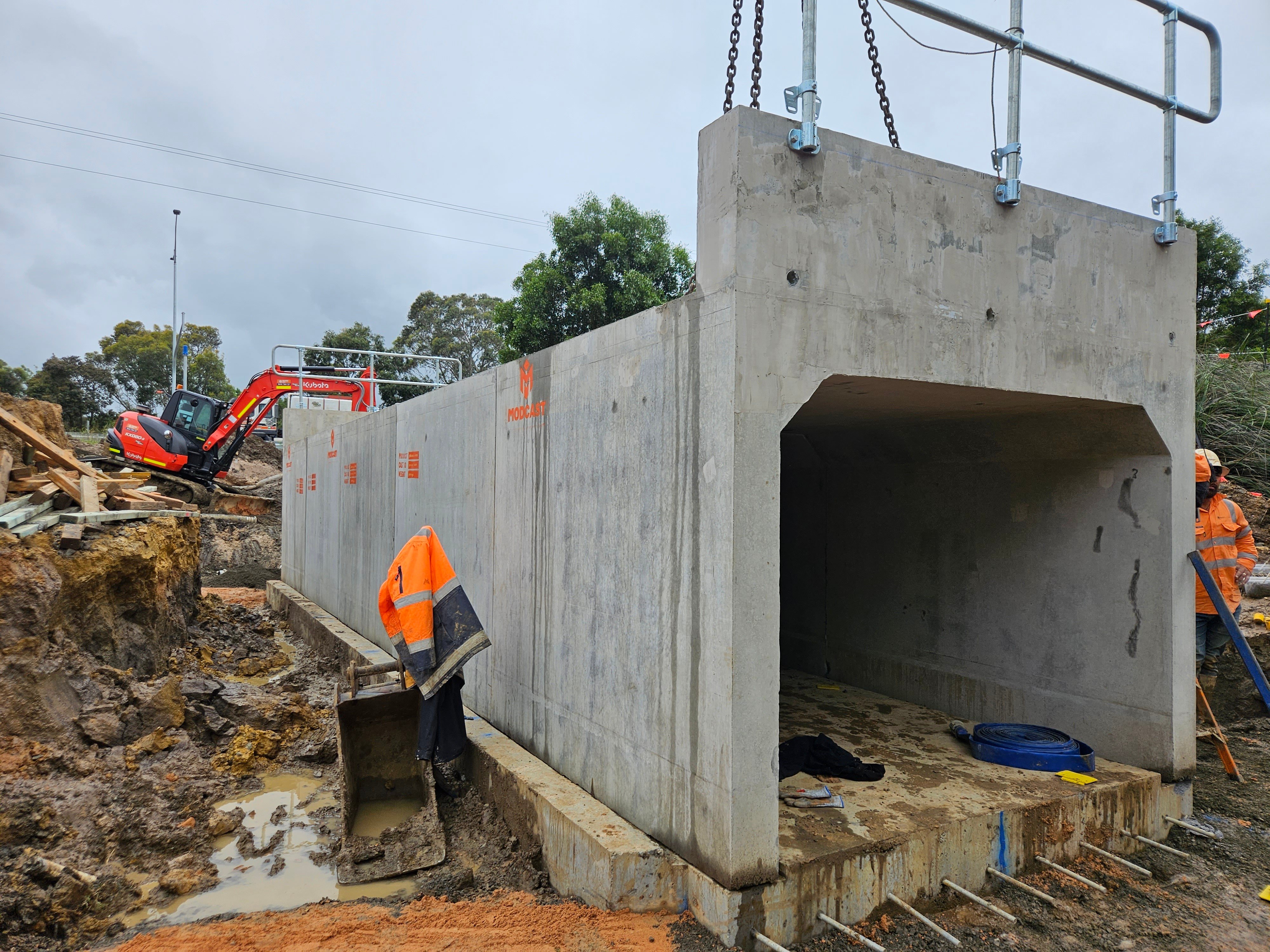Are you in the process of designing or constructing a box culvert structure and interested in understanding the application of various Australian Standards? Gain insight into the significance of standards and how they may relate to your specific project.
Why Have Standards?
Australian standards are an essential framework utilized across diverse industries to establish a foundational level of compliance. When it comes to culverts, these standards play a crucial role in implementing best practices in design and manufacturing processes, ultimately ensuring the structural integrity and long-term durability of the infrastructure.
Moreover, the standards governing culverts also outline a variety of standard sizes, enabling manufacturers to streamline their production lines and enhance cost-effectiveness through increased efficiency. By adhering to these standardized dimensions, companies can optimize their manufacturing processes and minimize wastage, leading to more sustainable and economical construction practices in the long run.
How are Standards Used in Precast?
Once the project principles or asset owner have stipulated the standards that will apply to a specific project or structure, the design engineers will seamlessly incorporate these standards into their design process. While the initial design may not always include the specifics of the precast elements, the necessary standards will be clearly outlined in the drawing notes to ensure full compliance.
Following this, the precast manufacturer will meticulously develop a comprehensive quality plan for the project. This plan will detail the design and manufacturing processes that will be implemented to guarantee adherence to the specified standards. For instance, if the standard permits the use of steam as a curing method, the quality plan will outline the exact steps and procedures that the manufacturer will follow to carry out steam curing in accordance with the standard requirements. This will encompass the method itself, as well as the necessary compliance checks and evidence, such as temperature charts, to validate the effectiveness of the curing process.
Which Standards Apply to Box Culverts?
There are three common standards that apply to most culvert structures in Australia.
AS1597.1
AS1597.1, focusing on Precast reinforced concrete box culverts for Small culverts, sets forth the essential guidelines for designers, manufacturers, installers, and specifiers involved in the creation of precast rectangular culverts with spans up to 1200mm.
This standard encompasses various aspects such as standard sizes, design parameters, exposure classes, reinforcing cover, foundation requirements, fill specifications, curing methods, testing procedures, and identification of defect types.
A key distinction between AS1597.1 and AS1597.2 (pertaining to large culverts) lies in the design approach. While AS1597.1 does not prescribe a specific design process, it mandates proof load testing as a means to verify compliance with the standard. In contrast, large culverts necessitate adherence to established design principles due to the impracticality of conducting proof load tests for such structures.
AS1597.2
This standard outlines the criteria for large culverts spanning from over 1200mm up to 4200mm. As previously mentioned, it provides a comprehensive approach to design, specifying minimum reinforcing requirements and the application of various load combinations.
AS5100
AS5100 serves as a comprehensive standard that encompasses the design, evaluation, and restoration of various bridge structures, including those constructed from concrete, steel, timber, and composite materials. Encompassing roadways, railways, light rail networks, as well as paths for pedestrians and cyclists, this standard offers a uniform approach to handling different load combinations as referenced in AS1597.1 and AS1597.2.
With certain large culvert structures falling under the classification of bridges, the AS5100 standard takes precedence, necessitating the application of distinct design principles. For example, this shift may entail adjustments such as a higher freeboard - the space between the maximum water level and the culvert crown - for bridges compared to standard culvert structures.
Application of Standards
Due to the intricate technical aspects of reinforced concrete, the standards are inherently complex. It is imperative to enlist the expertise of an experienced engineer in the relevant field to effectively navigate and implement the standard requirements.
Main Roads & Other Standards
Further complicating the landscape of standards, numerous main road authorities like TfNSW and DOT, as well as asset owners such as rail authorities, have established their own set of guidelines for infrastructure projects involving precast drainage elements. These standards often impose stricter or more specialized criteria tailored to the specific geographical conditions of the area. For instance, the QLD TMR standards necessitate a distinct concrete mix design compared to Victoria, tailored to better suit the soil composition and environmental factors unique to Queensland.
Additionally, various other relevant Australian standards will come into play for different facets of a box culvert project, encompassing aspects such as reinforcing fabrication and concrete manufacturing processes.
Do you need help?
If you find yourself uncertain about which standards apply to your project, rest assured that at Modcast, we have cultivated a deep understanding of the relevant Australian standards and main road requirements. These guidelines have been seamlessly integrated into our quality management systems, offering you peace of mind that your project will meet all necessary compliance measures.





